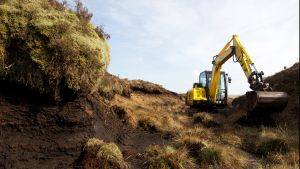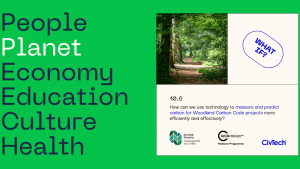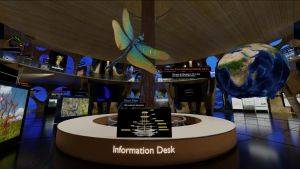Sisal is a highly sustainable fibre crop grown in the tropics. With the ability to survive sustained periods of drought and be harvested at any time of the year, sisal provides a sustainable source of income to small-scale farmers and helps them to cope with the effects of climate change. Historically, sisal was manufactured and used for making ropes and sacks. However, the development of cheaper polypropylene meant that the 1960s proved to be a turning point for sisal production, with East African production now at 10% of its former peak.
The East Africa Sisal Company was founded in 2014 with the aim rekindling a market for sisal. The company’s founder, John Ferguson, has focused on buying sisal from small-scale farmers in Tanzania for a fair price, process it locally and thereby creating jobs, and exporting their products to the UK and EU. The company has principally been focusing on manufacturing the sisal into geotextiles, or GeoSisal, a biodegradable and sustainable fabric for various environmental applications.
In late 2014 and early 2015, the company began manufactured GeoSisal into Peatsocks, designed to be filled with peat on site to act as dams for bog and peatland rewetting. Dams were installed in two phases to rewet dried peatland areas near Cunningsburgh, Shetland. The work was funded by SNH’s Peatland Action Programme and was carried out by the Shetland Amenity Trust. GeoSisal peat socks were filled on site and used to dam the existing peatland drainage channels. As a result of the damming, the overall water table within the bog was raised, improving the condition of the peatland and allowing the peat to reabsorb substantial quantities of carbon dioxide from the atmosphere. After having been in place for over 18 months, the dams are holding fast and have allowed the area to regenerate with large quantities of Sphagnum colonising throughout the pools. The dams have also allowed vegetation to colonise the dammed peat, adding to the structural integrity of the dam, although the dams will biodegrade over time.
The company continues to be involved in a number of environmental projects, including ongoing peatland restoration in Ireland and coastal realignment in the Inner Forth Area. Furthermore, the Mourne Mountains Landscape Partnership is currently preparing to undertake peatland restoration works using the GeoSisal Peatsocks later this summer.
If you have a project where you may be interested in using GeoSisal Peatsocks, please don’t hesitate to get in touch with josh.hope@eastafricasisal.com.
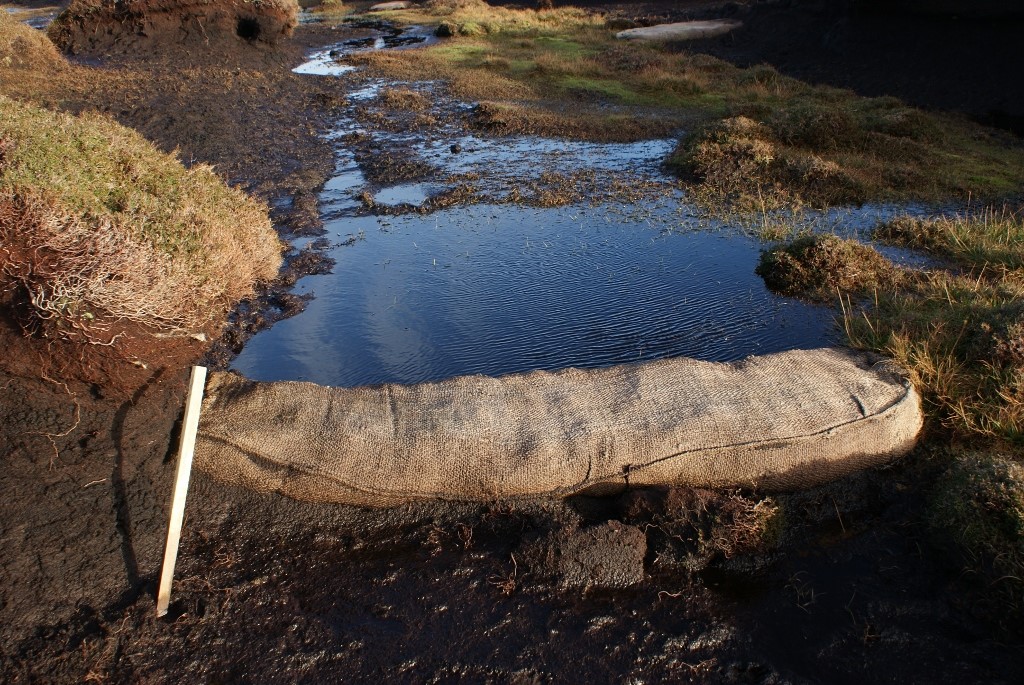
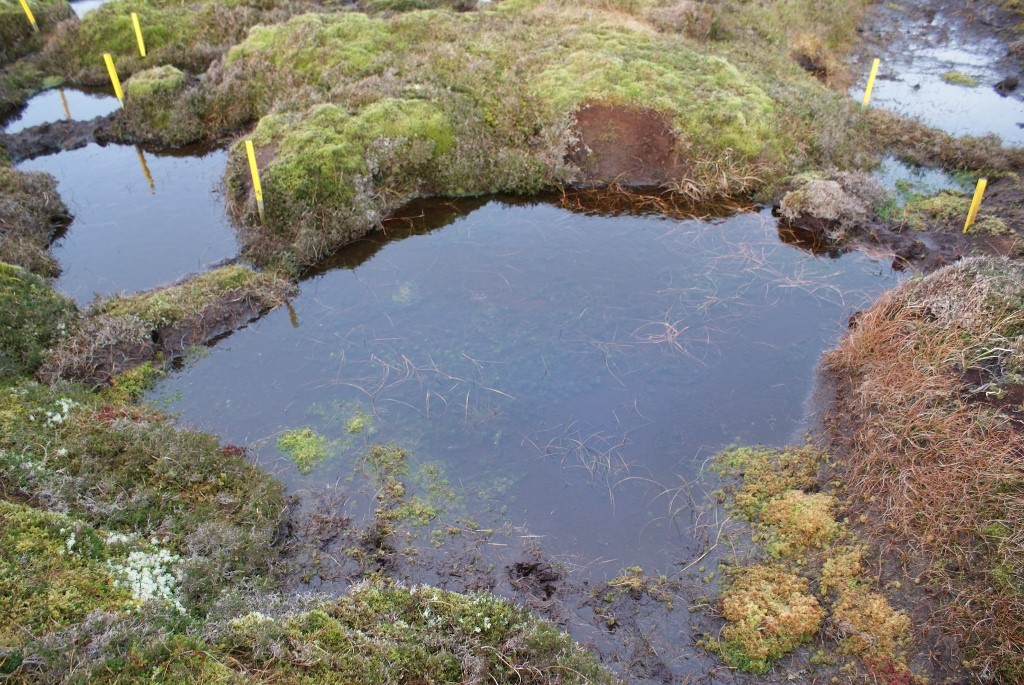
GeoSisal Peatsock dams forming an effective and sustainable peat dam; Sisal peat dams with pools in between that have been colonised by Sphagnum moss.








